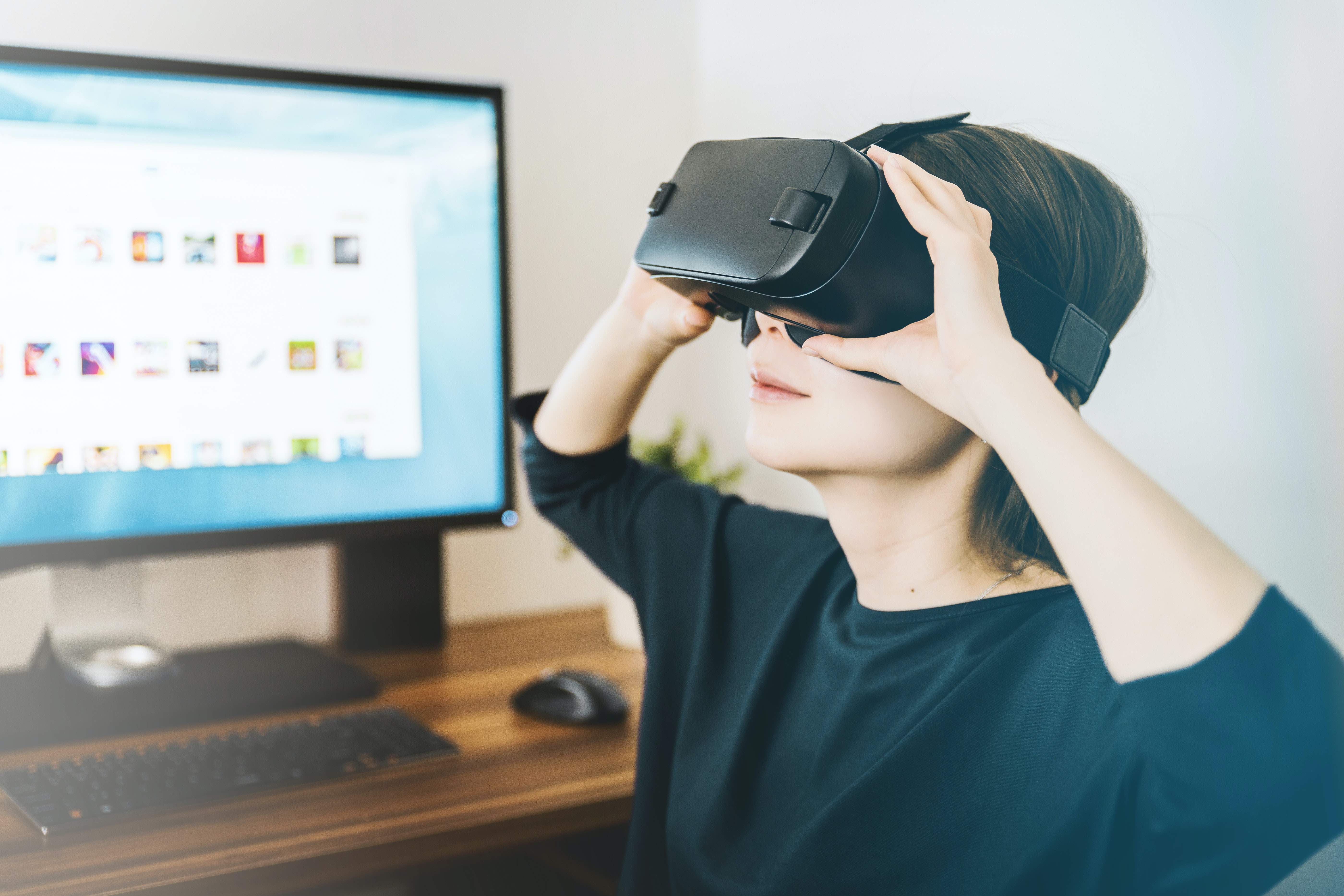 “Zoom fatigue” is a catchphrase for 2020 as the pandemic forced in person meetings online. But is there a better alternative for virtual connections?
“Zoom fatigue” is a catchphrase for 2020 as the pandemic forced in person meetings online. But is there a better alternative for virtual connections?
A study by Ericsson, “The Dematerialized Office”, predicts that augmented reality (AR) and virtual reality (VR) will “enable the experience of collaborating in the same room with colleagues.'' If AR or VR become a routine solution in the business world, it will likely become commonplace for personal use, including therapy. However, will this be another fatigue-inducing solution?
Saqib Ahmed Khan, with PureVPN, believes VR/AR meetings could help focus and attention because the individual will only see the people he or she or is communicating with. Khan said, “Often in video meetings, people turn off the camera and mics for just listening while doing something else which hurts their understanding."
SEO Consultant Daniel Foley also thinks a VR/AR solution could improve engagement and retention. Foley explains, “We use space and body language in everyday life to assist us with our work. You may sit next to someone to work on a project, or sit around a table bouncing off ideas. Zoom doesn’t offer you that option. It’s a very intense meeting where you feel that you have to concentrate more on the words to get an idea of what everyone is feeling, where before, you would use body language to help you.”
While Zoom is often discussed in the business world, virtual counseling through tools, such as Zoom, has become more commonplace due to COVID-19. Could AR/VR improve remote counseling? Dr. Vikram Tarugu, with Life Insurance Star, feels it could, especially with group therapy and support. Tarugu said, “VR offers an interactive, distraction-free interface in which virtual support group attendants and therapy clients communicate with each other via customized, responsive avatars in shared, 3D worlds. Embodying a virtual identity provides, if desired, anonymity and eliminates fears of being judged by appearance while still allowing for human-like gestures, directional gazing, object manipulation and space movement. Community interaction occurs more openly in VR which helps clinicians interpret verbal and non-verbal signals in ways they are unable to detect with a camera. While applications such as Zoom work well for certain types of communication, therapeutic interactions benefit from the realism and authenticity found in VR.”
But not everyone agrees with AR/VR as an improvement over Zoom, whether for business or personal use. Gary Flanker, a computer engineer involved in VR development, disagrees that it will improve engagement. “While it is true that people would be less distracted by their environments in a VR/AR setup,” said Flanker,” it has downsides. In the short-term, it takes a while to get used to so you lose time adjusting. In the long-term, people would generally just avoid it because it is an unpleasant experience. It might get better in the future, but we are not there yet.”
Flankers also does not think online meetings are the best use for VR/AR due to lack of comfort and sense of feeling trapped. He said, “Although newer devices are more comfortable, you still get fatigued after 30-60 minutes. This time limit is fine for other use cases, but meetings are often longer. In a meeting where you are just listening, it is uncomfortable.”
The negative implications of this in counseling is clear. Along with a sense of feeling trapped, people could also feel anxious about a new platform, which would only exacerbate any mental health symptoms. "VR and AR devices take over a good part of your senses,” said Flanker “so you are removed from your current environment. This is unpleasant for most people.”
Jase Rodley, Founder/CEO Dialed Labs, believes VR/AR solutions will only lead to a different sort of stress. Rodley said, “people will learn a completely new process, where fatigue will settle in again”. John Cho, Founder of My Pet Child also believes there might be a period of novelty, but “eventually it will normalize and we will still get burnt out.”
Michael Alexis, CEO of TeamBuilding, has a different perspective on this issue; that perhaps we are asking the wrong question. People blame Zoom for burnout due to frequent meetings. But he doesn’t see virtual reality as a potential solution; only an alternative. Alexis said, “if you want to prevent Zoom burnout you need to find more opportunities for human connection. For example, start your video call with a quick round of icebreaker questions like which sandwich would you eat for eternity or organize some virtual team building activities like trivia or ‘Never Have I Ever’. These games and activities give people a chance to participate, build relationships and have fun, which is a great way to combat burnout.”
Tina Arnoldi, MA is a marketing consultant and freelance writer in Charleston SC. Learn more about her and connect at TinaArnoldi.com